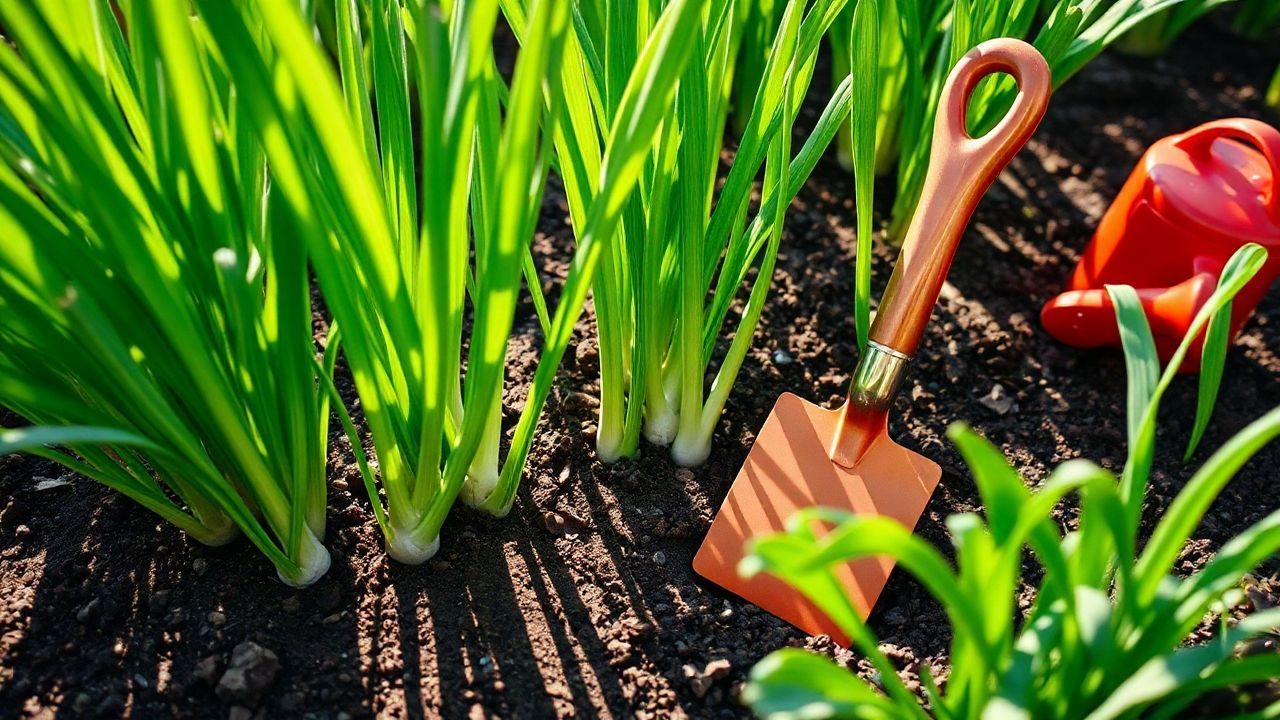Introduction to leeks
Leeks, the elegant members of the allium family, are a culinary delight with a versatility that spans countless dishes. Prized for their mild, onion-like flavor and subtle hint of sweetness, leeks add complexity and depth to soups, stews, salads, and stir-fries. Their unique appearance, with their cylindrical white stalks and cascading green leaves, makes them not only a culinary treasure but also a visual treat. As a gardener, growing your own leeks is an incredibly rewarding experience. With proper care and attention, you can cultivate these flavorful vegetables in your backyard garden and enjoy a bountiful harvest of homegrown leeks throughout the year.
Preparing the soil for leeks
Planting leek seeds or transplants
Embarking on the culinary adventure of growing leeks presents both seed and transplant options. Each method bears its unique advantages and considerations. Let’s delve into the intricacies of each approach to guide you towards a bountiful harvest.
Seed Sowing:
Embarking upon the leek-growing journey by sowing seeds directly into the soil imbues a profound sense of satisfaction. To sow your leek seeds, prepare a well-draining seedbed enriched with organic matter. Sow the seeds thinly, covering them lightly with soil. Maintain consistent moisture levels, and anticipate germination within 7-14 days. Seedlings will emerge as slender, grass-like blades, requiring thinning to promote optimal growth.
Transplanting:
If time constraints or growing conditions dictate, transplanting leeks may prove a more expeditious route. Leeks can be started indoors 8-10 weeks before the last frost date. Sow seeds in seed trays or pots filled with a seed-starting mix. Cultivate the seedlings under bright light, providing ample water and nutrients. When they reach a height of 6-8 inches, they are ready for hardening off, a process that gradually accustoms them to outdoor conditions. Harden off the seedlings for a week or two before transplanting them into the garden.
Caring for leeks
Harvesting leeks
Leeks are a hardy vegetable that can withstand cold temperatures, making them an excellent choice for fall and winter harvests. When harvesting leeks, it is important to choose plants that are mature but not overgrown. The ideal leek will have a white, firm base that is about 1 inch in diameter and a length of about 12 inches.
To harvest leeks, gently loosen the soil around the base of the plant with a garden fork. Then, grasp the leek by the leaves and pull it gently from the ground. Be careful not to damage the roots or the white base of the leek. Once the leek has been harvested, cut off the leaves and any roots. The leeks can then be stored in the refrigerator for up to two weeks.
Leeks can also be harvested in the spring, but they will be smaller and less flavorful than fall-harvested leeks. To harvest spring leeks, simply follow the same steps as described above.
Here are some additional tips for harvesting leeks:
Harvest leeks on a dry day to prevent the soil from sticking to the plants.
If the soil is frozen, thaw it slightly before harvesting the leeks.
Do not wash the leeks before storing them.
Leeks can be stored in the refrigerator for up to two weeks.

Leave a Reply